- Finding Utopia Newsletter
- Posts
- Top Mistakes to Avoid When Traveling to the Philippines — Travel Smarter
Top Mistakes to Avoid When Traveling to the Philippines — Travel Smarter
Stories: Top Mistakes to Avoid When Traveling to the Philippines — Travel Smarter; Grande Island, Philippines — Where History Meets Tropical Escape; The Philippine Tamaraw — A Small Buffalo with Big Significance
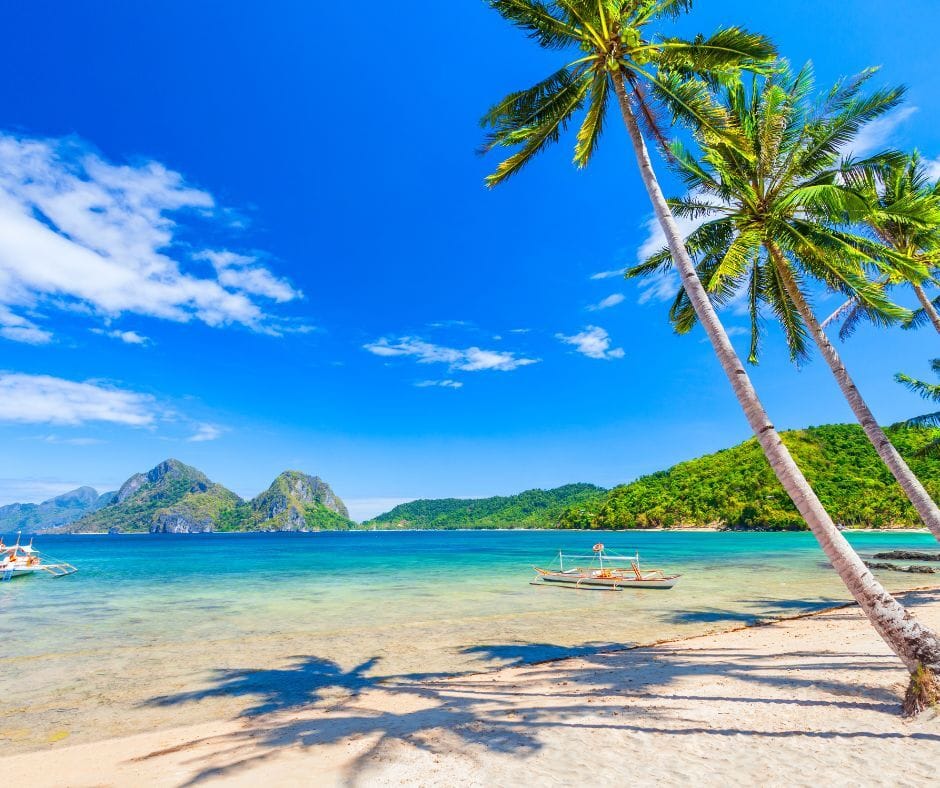
Hello and Mabuhay!
Welcome to Finding Utopia — your trusted guide to exploring the wonders of the Philippines and beyond.
In this edition, we bring you inspiring stories and essential travel insights to fuel your next adventure:
Top Mistakes to Avoid When Traveling to the Philippines — Travel Smarter
Grande Island, Philippines — Where History Meets Tropical Escape
The Philippine Tamaraw — A Small Buffalo with Big Significance
Wherever you're dreaming of going next, we're here to guide you closer to your utopia.
Enjoy the read!
— The Finding Utopia Team
Top Mistakes to Avoid When Traveling to the Philippines — Travel Smarter
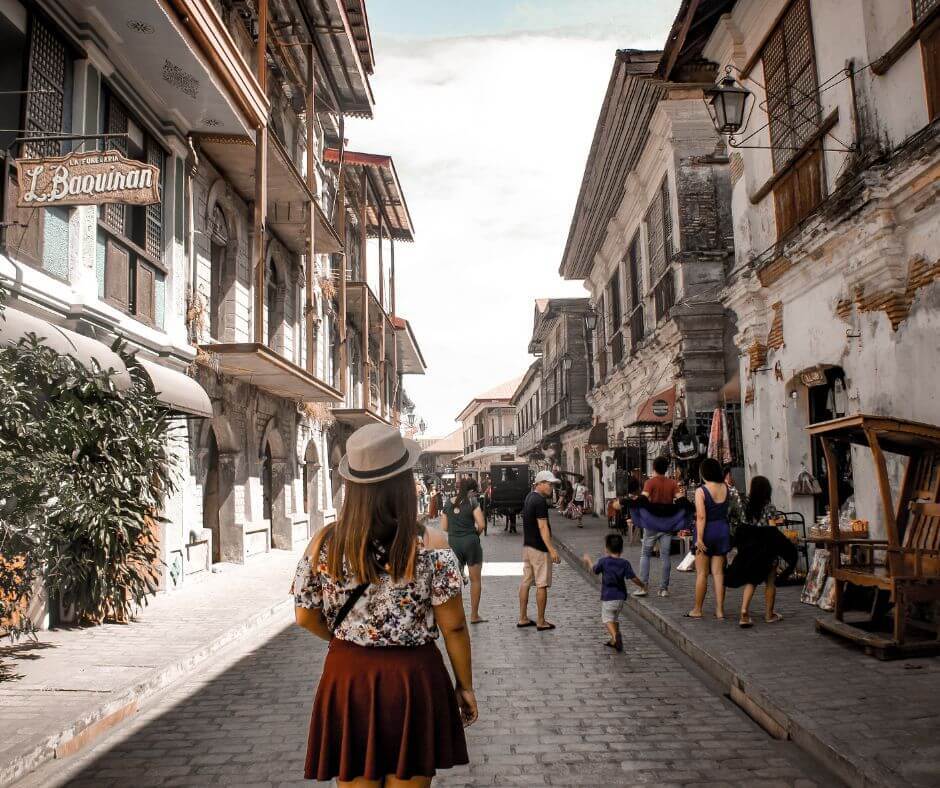
The Philippines dazzles with powdery beaches, lush mountains, rich culture, and warm hospitality. But it’s not a place to visit with assumptions. From visa errors to cultural missteps, even seasoned travelers stumble on common mistakes that can shadow their experience. In our latest guide, we highlight the biggest pitfalls—and how you can bypass them to make your journey smoother and more meaningful.
Mistakes Travelers Often Make (And How to Avoid Them)
Mistake #1: Treating the Philippines Like “Just Another Southeast Asian Country”
Yes, tropical climate and friendly faces are common across Asia—but the Philippines’ Spanish colonial history, dominant Catholic faith, use of English, and regional dialects set it apart. Expect differences in social norms, religious observances, and everyday etiquette.Mistake #2: Ignoring Visa & Entry Requirements
Many countries enjoy visa-free entry for 30 days, but that doesn’t exempt you from passport validity rules or requiring a return ticket. Overstaying your visa risks fines or deportation. Always check what applies to your nationality before departure.Mistake #3: Skipping Weather & Natural Disaster Research
The Philippines lies in the Pacific typhoon belt. Visiting during June to November without planning can force canceled flights, road closures, or worse. Also, increased rains fuel mosquito activity and dengue risk—bring repellent, rain gear, and stay updated.Mistake #4: Overpacking (or Under packing)
The ideal Philippine wardrobe is light, breathable, tropical. Leave behind heavy coats and “just in case” formalwear unless needed. Importantly, carry small bills—many places (tricycles, market vendors, rural eateries) do not accept cards.Mistake #5: Relying on Rigid Schedules
The concept of “Filipino Time” is real. Delays happen—whether from traffic in Metro Manila or slow transport schedules in rural areas. Build buffer days into your itinerary and be flexible.Mistake #6: Not Carrying Enough Cash
Credit cards aren’t accepted everywhere—particularly in island communities, small shops, or remote areas. Bring cash and withdraw only from reliable ATMs in major cities.
Travel Smarter, Experience More
The Philippines isn’t a place you just check off a list—it’s meant to be experienced, slowly. Avoiding these common mistakes frees you to connect better—with the land, with people, and with your own sense of wonder.
Read the full article here:
Grande Island, Philippines — Where History Meets Tropical Escape
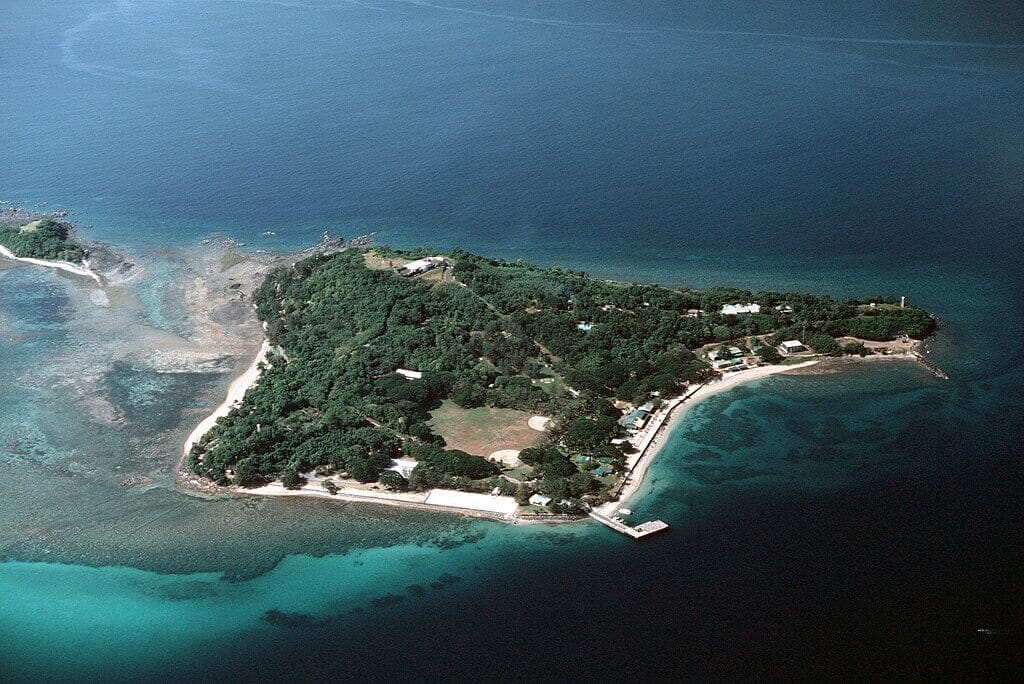
Grande Island sits at the mouth of Subic Bay as a rare place that marries wartime legacy with beachside calm. Once a U.S. naval defense outpost guarding access to Subic, today it’s a resort destination rich in stories, nature, and leisure. Whether you want to wander old gun emplacements or float in crystal waters, Grande invites you to pause between past and peace.
What Defines Grande Island
Gateway & Strategic Location
Located just off Subic Bay’s entrance and a short 15–20 minute boat ride from the Subic Freeport Zone, Grande Island was historically a key node in defending the bay. Its elevated and narrow approach made it ideal for coastal gun emplacements.Military Roots & Fort Wint Remnants
The island still bears the remnants of Fort Wint and its batteries—Battery Warwick, Battery Hall, Battery Flake—along with tunnels, gun emplacements, and ruins from its U.S. coastal artillery era. Some guns there were originally from U.S. forts before being shipped to the Philippines.From Defense to Resort
After the U.S. naval withdrawal in the early 1990s, Grande Island transitioned into a heritage and tourism site under the Subic Bay Metropolitan Authority. The Grande Island Resort now offers beachfront cottages, villas, and day-trip access, combining leisure with historical walkways.
Things to Do on Grande Island
Relax on Quiet Beaches
Surrounding the island are calm shores perfect for swimming, snorkeling, or simply lounging away from mainland crowds. It’s a serene alternative to busy coastal areas.Historic Fort Tours
Explore Fort Wint’s ruins—walk among Battery Warwick, Battery Hall, and Battery Flake. Guided tours bring old tunnels, rusted mounts, and concrete bunkers to life with stories of wartime strategy and conflict.Wreck Diving & Underwater Exploration
Grande Island is an excellent staging area for Subic Bay’s famed WWII shipwreck dives—sunken Japanese ships, submarines, and historical relics rest in nearby waters.Sunset & Scenic Photography
With mountains of Bataan as a backdrop and the bay’s calm waters, Grande offers dramatic sunset silhouettes. The contrast between ruins, sea, and sky is a photographer’s dream.
How to Visit & When to Go
Getting There
Your journey begins with a 2–3 hour drive from Manila via NLEX and SCTEX to Subic Bay. From the ferry terminal, hop on a 15–20 minute boat ride to the island. For resort guests, transfers are often included.Best Time
The dry season (November to May) is ideal—with calm seas, clear skies, and comfortable conditions for swimming and exploring ruins. The rainy season is quieter but comes with risks of rough waters and interruption of activities.Visitor Tips
Bring cash (some small vendors may not accept cards), wear sturdy shoes (ruins have uneven terrain), and use reef-safe sunscreen. Respect fragile military structures by avoiding climbing or defacing them.
Why Grande Island Belongs on Your Itinerary
Grande Island offers a rare dual experience: the pull of history and the call of the sea. It’s not just about lounging—it’s about wandering through concrete bunkers, imagining wartime patrols, then cooling off in the bay’s blue chapters. For families, adventurers, and history lovers alike, Grande showcases how we can honor the past while enjoying the present.
Read the full article:
The Philippine Tamaraw — A Small Buffalo with Big Significance
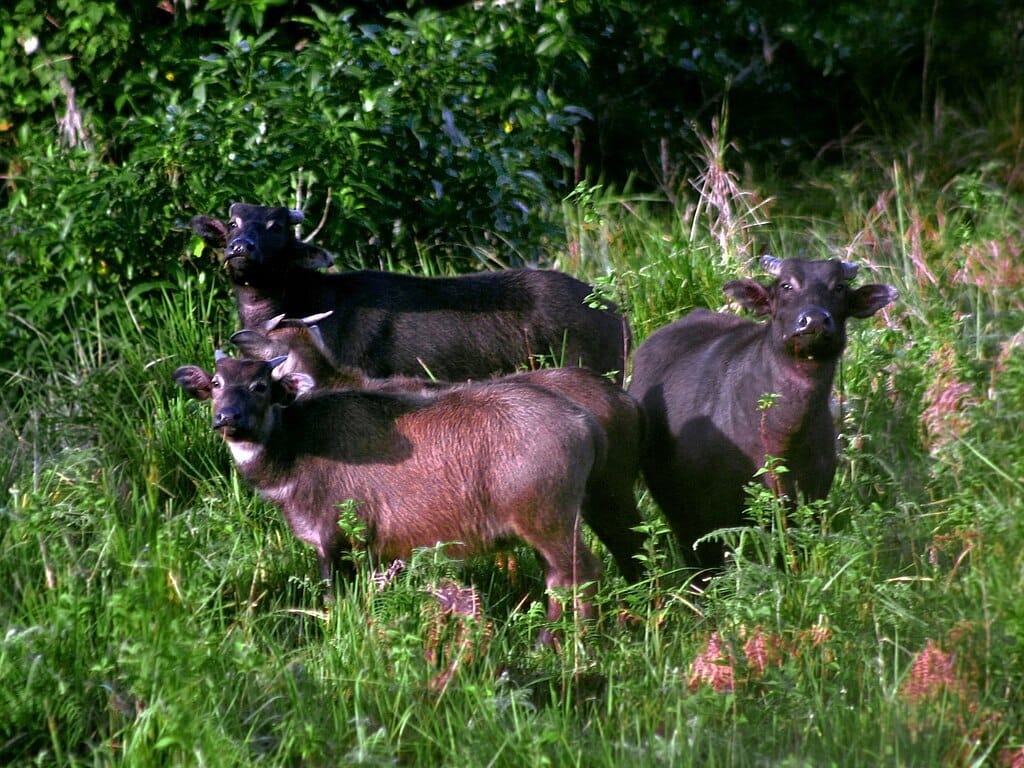
The tamaraw (Bubalus mindorensis) is more than a rare species — it is a living symbol of Philippine biodiversity and cultural heritage. Found only on the island of Mindoro, this dwarf buffalo carries stories of survival, challenge, and hope. Let’s walk through what makes the tamaraw so extraordinary — and why its future depends on how we act today.
What Is the Tamaraw?
A Unique Endemic Bovidae
The tamaraw is the only wild cattle species in the Philippines and is endemic to Mindoro. It was once found across many parts of the island but is now confined to remote highland areas.
Size, Shape & Difference from Carabao
Though sometimes compared to the carabao (water buffalo), the tamaraw is notably smaller, more solitary, and distinguished by V-shaped horns and a stockier frame.Historic Numbers to Critical Decline
At the turn of the 20th century, estimates suggest over 10,000 tamaraws roamed Mindoro. Due to hunting, habitat loss, disease, and competition, their numbers have plunged. Today, about 400–600 individuals remain, with 80% concentrated in Mounts Iglit-Baco Natural Park.
Threats & Conservation Challenges
Habitat Encroachment & Deforestation
Logging, conversion of land for agriculture, and invasive species have reduced and fragmented the tamaraw’s habitat, restricting where they can survive.Poaching & Illegal Hunting
Even within protected areas, the threat of poaching lingers. Rangers face dangerous terrain, limited manpower, and the constant need to patrol.Disease Transmission from Domestic Livestock
Domestic cattle around the fringes of tamaraw range pose a health risk through pathogens to which the wild population may have little immunity.Low Reproduction & Isolation
Tamaraws reproduce slowly, with long gestation and small litter size. Their isolated populations make genetic bottlenecks and local extinctions real dangers.
Conservation Efforts & Hope
Mounts Iglit-Baco as Core Stronghold
The protected core zone in Iglit-Baco is intensively monitored, patrolled, and managed with support from government, NGOs, and indigenous communities.National Tamaraw Conservation Action Plan (NTCAP)
A bold roadmap guiding restoration: expanding range, increasing population, securing habitat, and integrating indigenous land management.Community & Indigenous Partnerships
The survival of the tamaraw is deeply tied to the Mangyan tribes (Tau-Buid and Buhid). Their ancestral knowledge, participation in monitoring, and land rights recognition are vital.Support from Private Sector & Awareness Campaigns
Institutions like Toyota have committed vehicles, funds, and awareness campaigns under the “Bantay Tamaraw” initiative.
Why the Tamaraw Matters — Beyond Its Survival
Ecological Role
As grazers of grasslands, tamaraws help maintain balance in their ecosystems, supporting plant and animal diversity.Cultural & National Symbol
The tamaraw is a point of pride for Mindoro and the wider Philippines. Its image has appeared in coins and cultural branding, serving as a rallying icon for conservation.A Test for Conservation Models
Saving the tamaraw isn’t about a single species—it’s about testing how well we can balance nature, local livelihoods, and heritage in a tropical archipelago.
The path forward for the tamaraw is difficult—but not lost. With continued support, ecological integrity, and community stewardship, this dwarf buffalo can again find strength in Mindoro’s ridges and ridgelines.
Read the full story:

Free email without sacrificing your privacy
Gmail is free, but you pay with your data. Proton Mail is different.
We don’t scan your messages. We don’t sell your behavior. We don’t follow you across the internet.
Proton Mail gives you full-featured, private email without surveillance or creepy profiling. It’s email that respects your time, your attention, and your boundaries.
Email doesn’t have to cost your privacy.

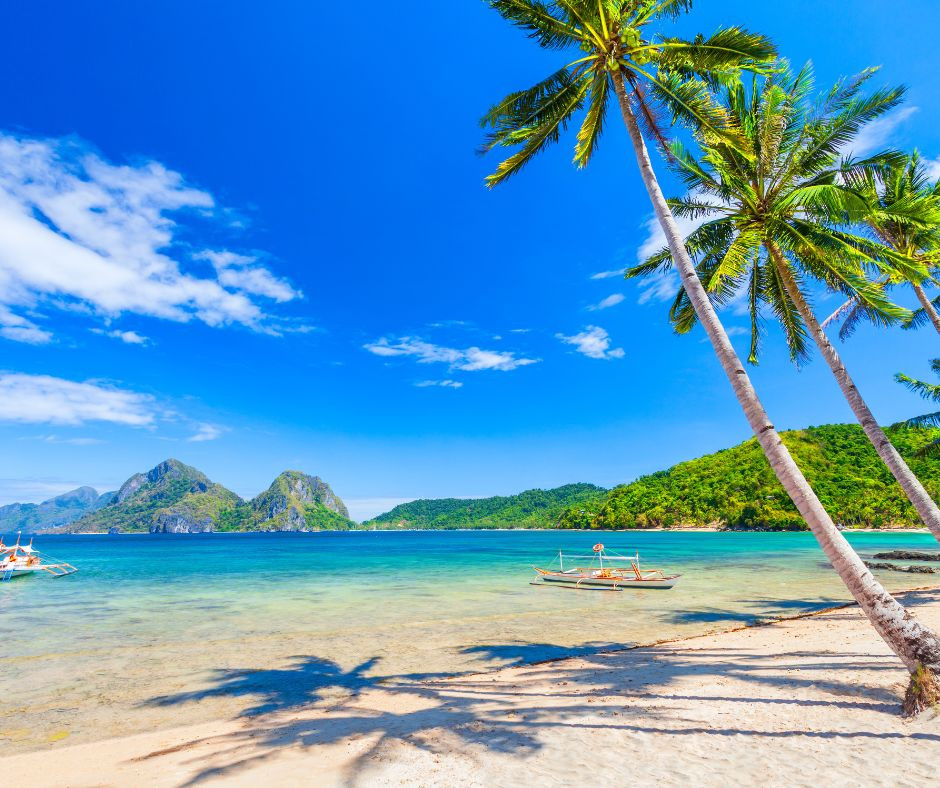



Reply